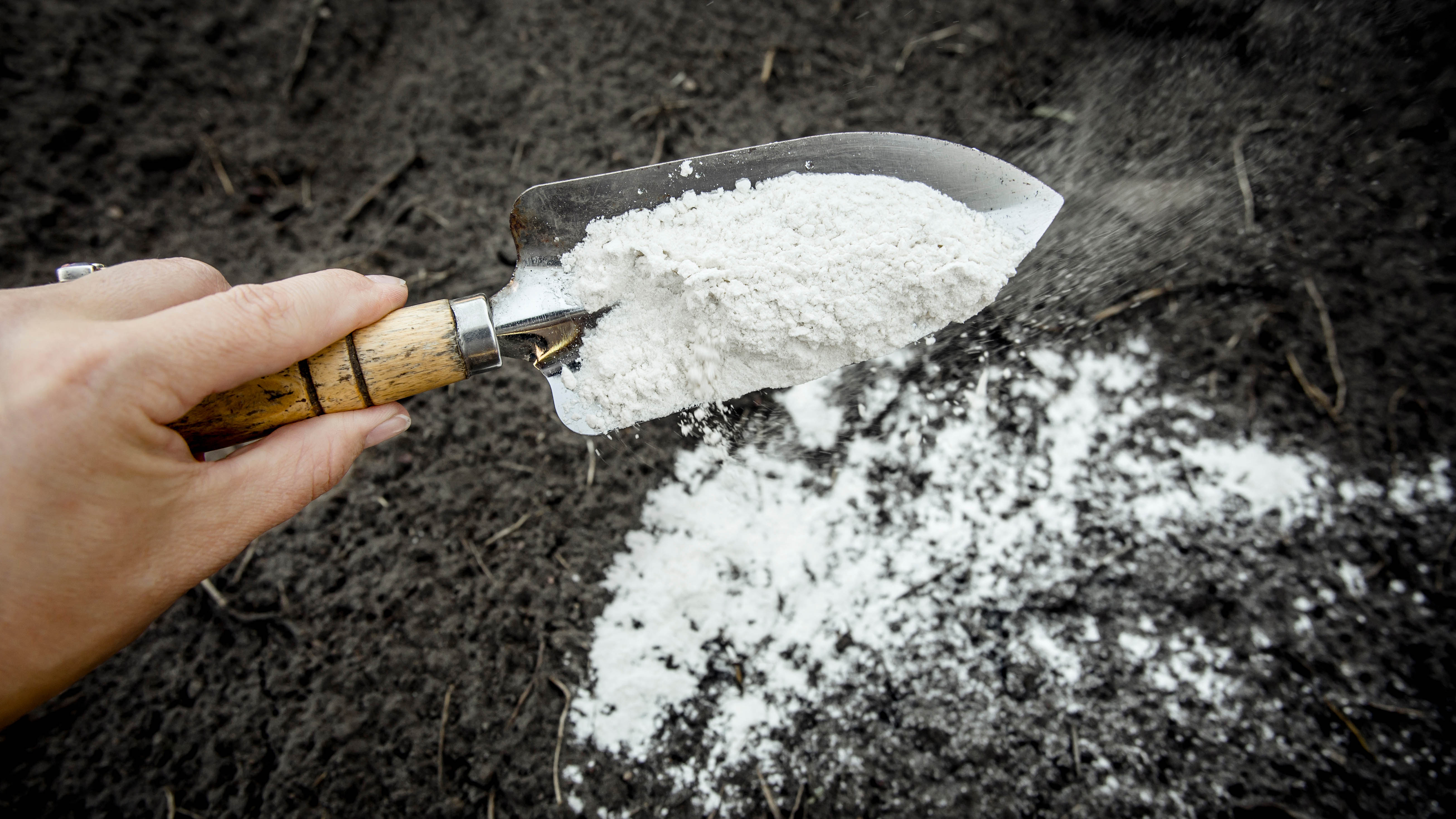
Plants need water and sunlight to survive, but they also need important nutrients which they receive from the soil. These nutrients are naturally occurring but can be limited in quantity if the soil has fed too many plants and not been replenished.
Some soils are also naturally less rich in important nutrients. The most critical minerals or macronutrients for plants, also known as “the big three”, are nitrogen, potassium and phosphorus and these are found in most common fertilizers for easy supplementation. However, there’s another important macronutrient that can often be overlooked by gardeners: calcium.
Just as calcium is important for human bone health, this mineral helps plants to grow and contributes to their root development. Maintaining enough calcium in the soil will help to keep plants strong and healthy through the seasons. It is also a known deterrent for pests and boosts the overall nutritional profile of the plant, should it be eaten by humans or other wildlife. Despite these benefits, too much calcium can be a bad thing; the mineral raises the pH of the soil and can turn the soil alkaline and therefore less friendly to plants if there’s too much present. Instead of supplementing the garden blindly, it’s important to assess the current calcium levels in the soil and only treat it when needed.
How to test calcium levels
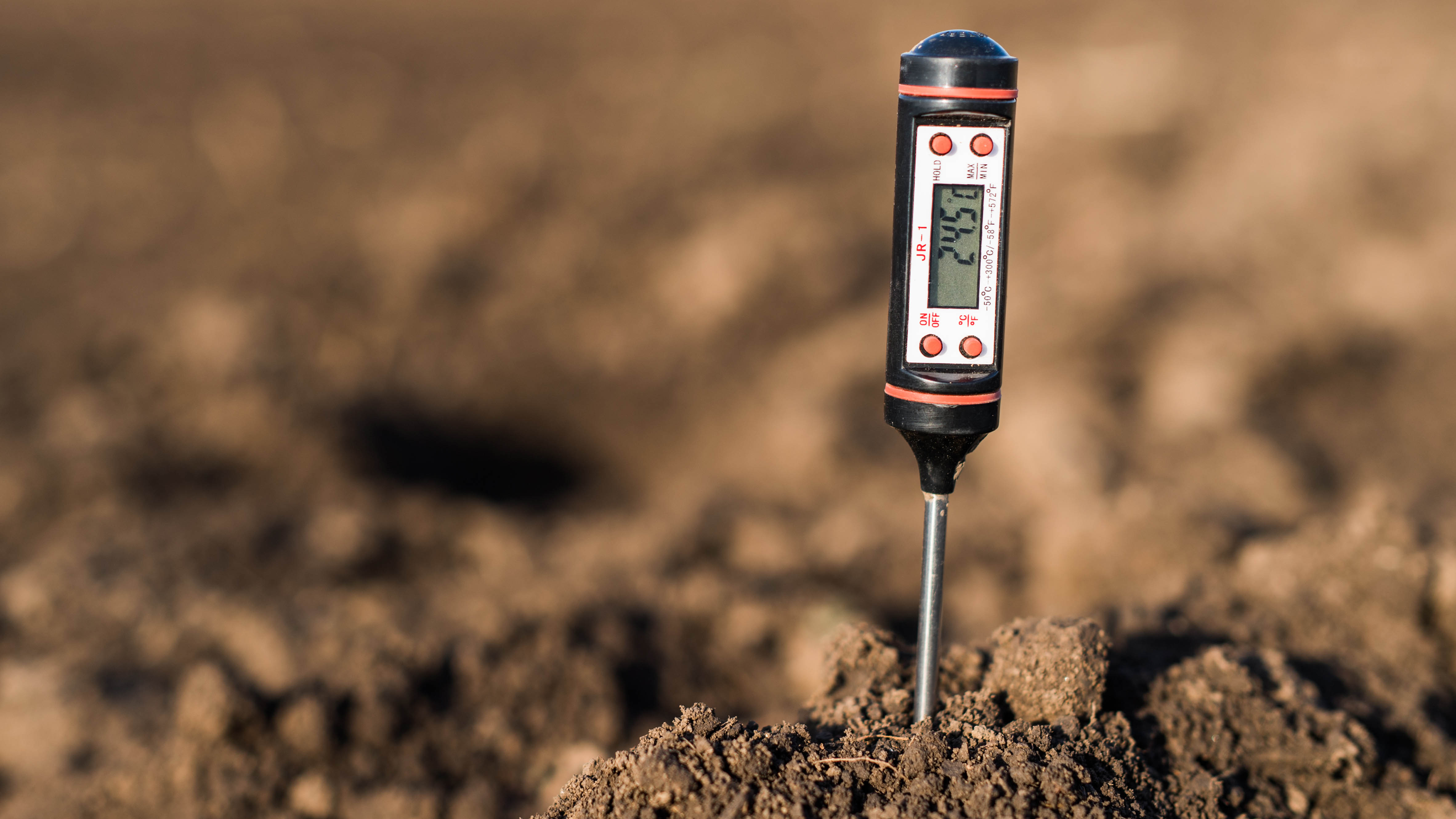
There may be some visible signs of low calcium, once the plants have become affected. Calcium deficiency can show itself in stunted growth, withered leaves and even leaf edges that look burnt, which is known as “tip burn.” Serious deficiency will be easily noticeable, but you may not immediately catch less severe symptoms – which is when you have the best chance of salvaging the plants. If you don’t remedy the soil quickly, you could lose a lot of once-healthy plants to malnutrition and that’s what you want to avoid.
The only real way to accurately gauge the calcium level in your soil is to conduct a soil test. A standard pH test may give you a clue about the calcium levels, since excessive amounts will make the soil more alkaline, but it won’t definitively tell you anything. Instead, you’ll want to have a professional soil test conducted so you can get a full read of the nutrient levels in the soil. Many of these are easy to do: Simply collect a sample and submit it for testing. Some testing services will also provide direct instructions for how to best supplement your soil so that it has all the nutrition your plants need.
The results you receive will include the CEC of your soil, or the Cation Exchange Capacity. This is the metric that’s most important for calcium measurement, as it refers to the ability of the soil to absorb and contain specific nutrients, including calcium. Higher CEC scores reflect a higher amount of organic matter and clay in the soil, which is great for plant health because these materials are better at retaining water and nutrients. Water is critical for calcium absorption as that is how it travels from the roots through the plant; insufficient watering will leave your plants unable to absorb the nutrients present in the soil.
If you get your test results back and it shows a low CEC, acidic soil, or even specifically low calcium levels, then it’s time to enrich your soil.
How to add calcium to your soil
Most common fertilizers include a mix of the three biggest nutrients: nitrogen, phosphorus and potassium. Fortunately, there are a lot of accessible ways to introduce calcium to your soil and feed your plants with the missing minerals it needs.
1. Foliar Spray
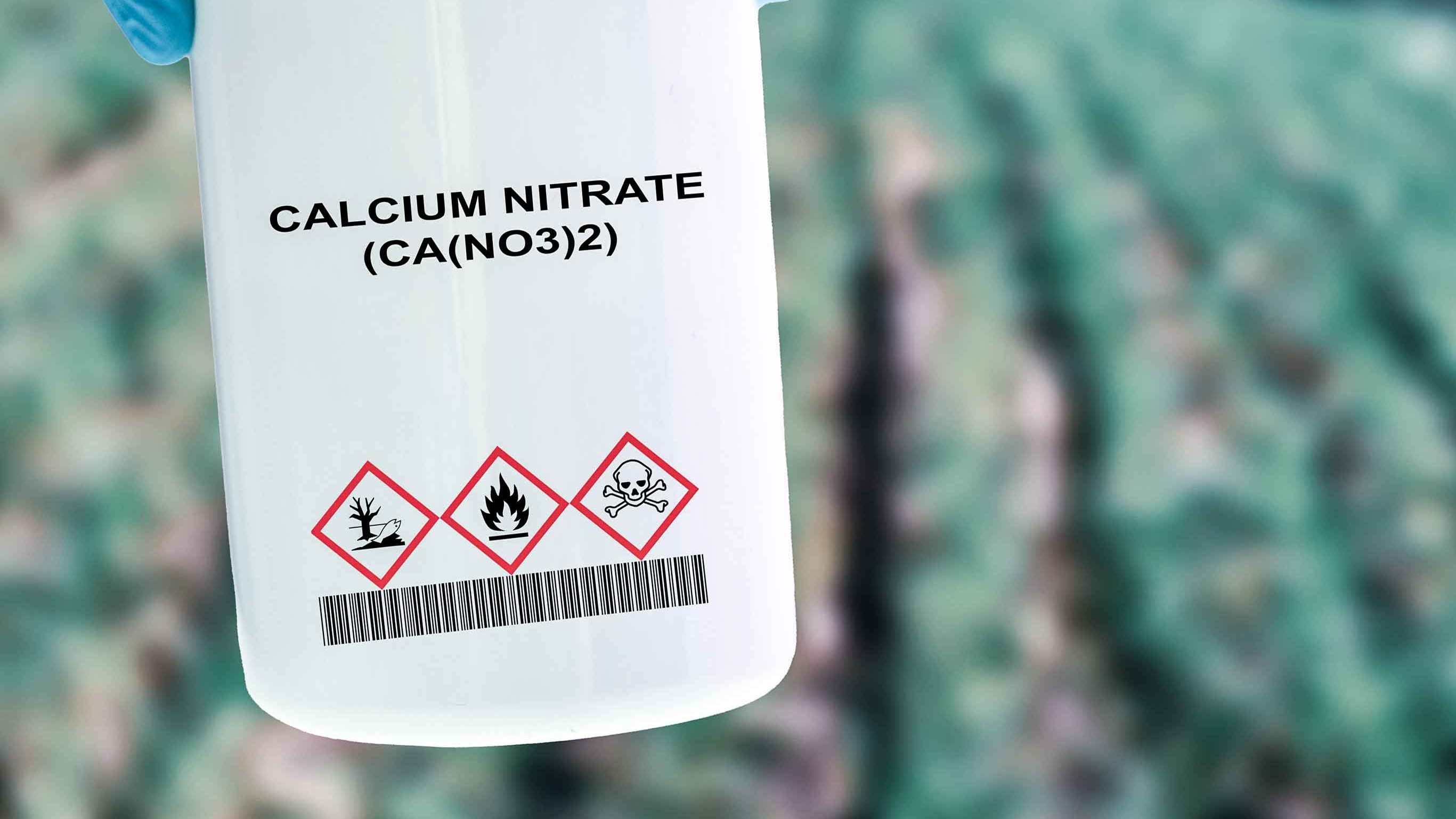
Although plants mostly receive nutrients through their roots, their leaves are actually much more receptive to nutrient absorption. A foliar spray is therefore the most effective way to apply calcium directly to a plant as it involves spraying foliar calcium onto the leaf surface, for immediate impact.
These sprays might be labeled as foliar spray or may also go by any of the following names: calcium nitrate, calcium chloride, and calcium acetate. A foliar spray is the best path of action if your plants are already suffering from calcium deficiency, although this may not be as effective as a long term solution.
2. Eggshells
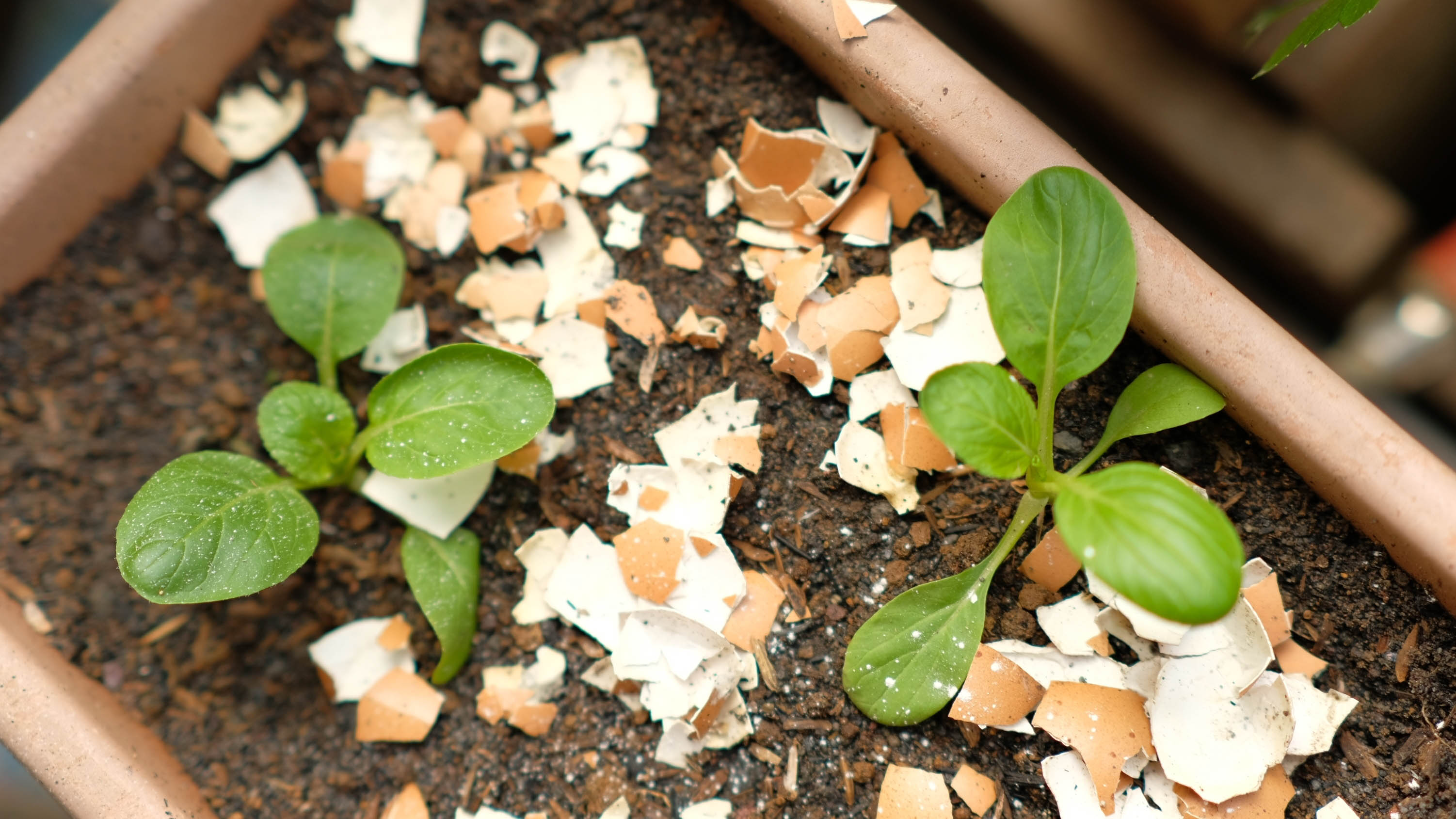
For less immediate deficiency problems, eggshells are an easy and accessible way for most gardeners to improve the calcium levels in their soil. In fact, many of you probably have some in your fridge right now. Eggshells naturally contain a lot of calcium and this can be slowly released into the soil if crumbled up and mixed into the top layer of soil.
If you have the time and ability, grinding the eggshells into a finer dust will make it easier for the soil to absorb the nutrients. Eggshells can be applied to the soil at any time but it is most effective when planted with seedlings or when mixed into compost beforehand.
3. Garden lime
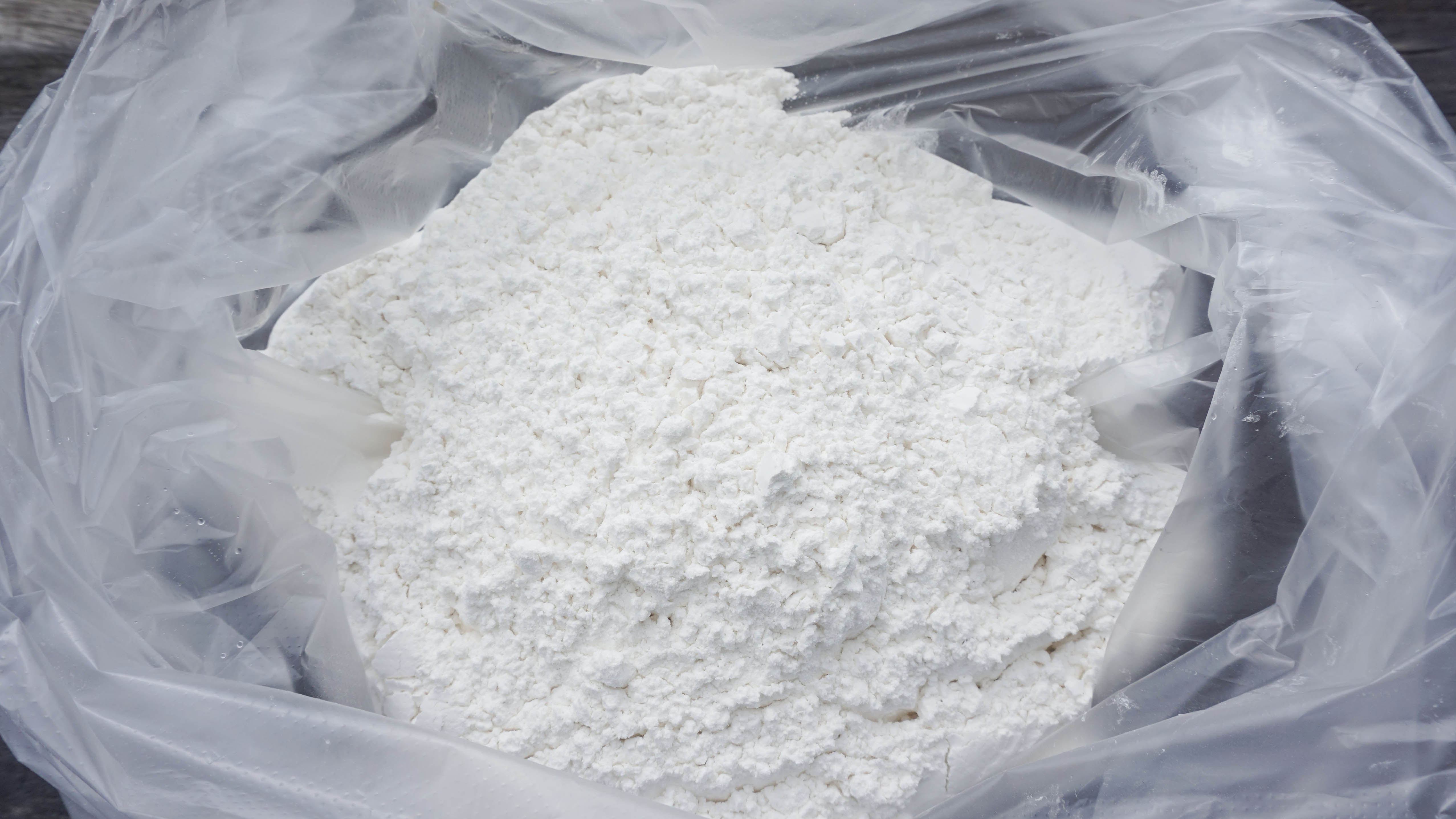
Another word for lime is calcium carbonate and it is one of the most potent forms of calcium for your garden. It is readily sold at most garden or farm supply stores simply as lime, although it is actually crushed limestone.
Lime is very alkaline so it’s important to use a light hand when applying it to your soil; too much and the soil’s pH will rise to a level that’s inhospitable to plants. However, this means it’s very effective at giving your garden the calcium boost it needs and is also an effective way to raise the pH if your soil is too acidic.
4. Gypsum
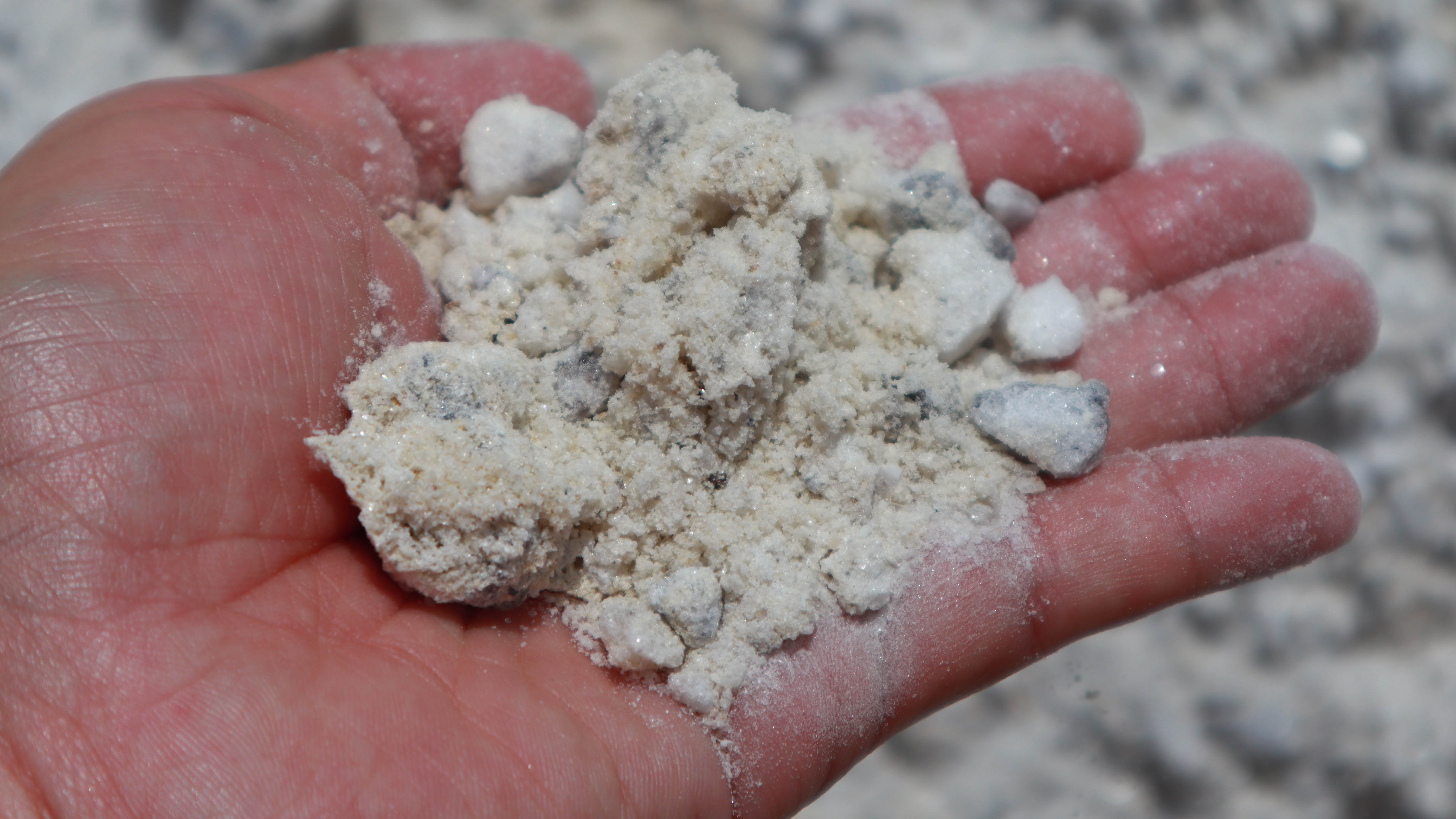
Gypsum is another calcium compound that will raise calcium levels, however this one works a little differently. Scientifically known as calcium sulfate, gypsum is a rare supplement that doesn’t raise the pH of the soil when applied. This means it’s a great option if you already have a higher pH soil and don’t want to risk it becoming too alkaline.
Gypsum is a naturally occurring compound and has some other benefits, in addition to raising calcium levels: It can help to break up compact soil, reduce water erosion and remove salts that are detrimental to plant growth. This makes it particularly popular in coastal areas or anywhere with high-salt soils.
5. Hardwood ashes
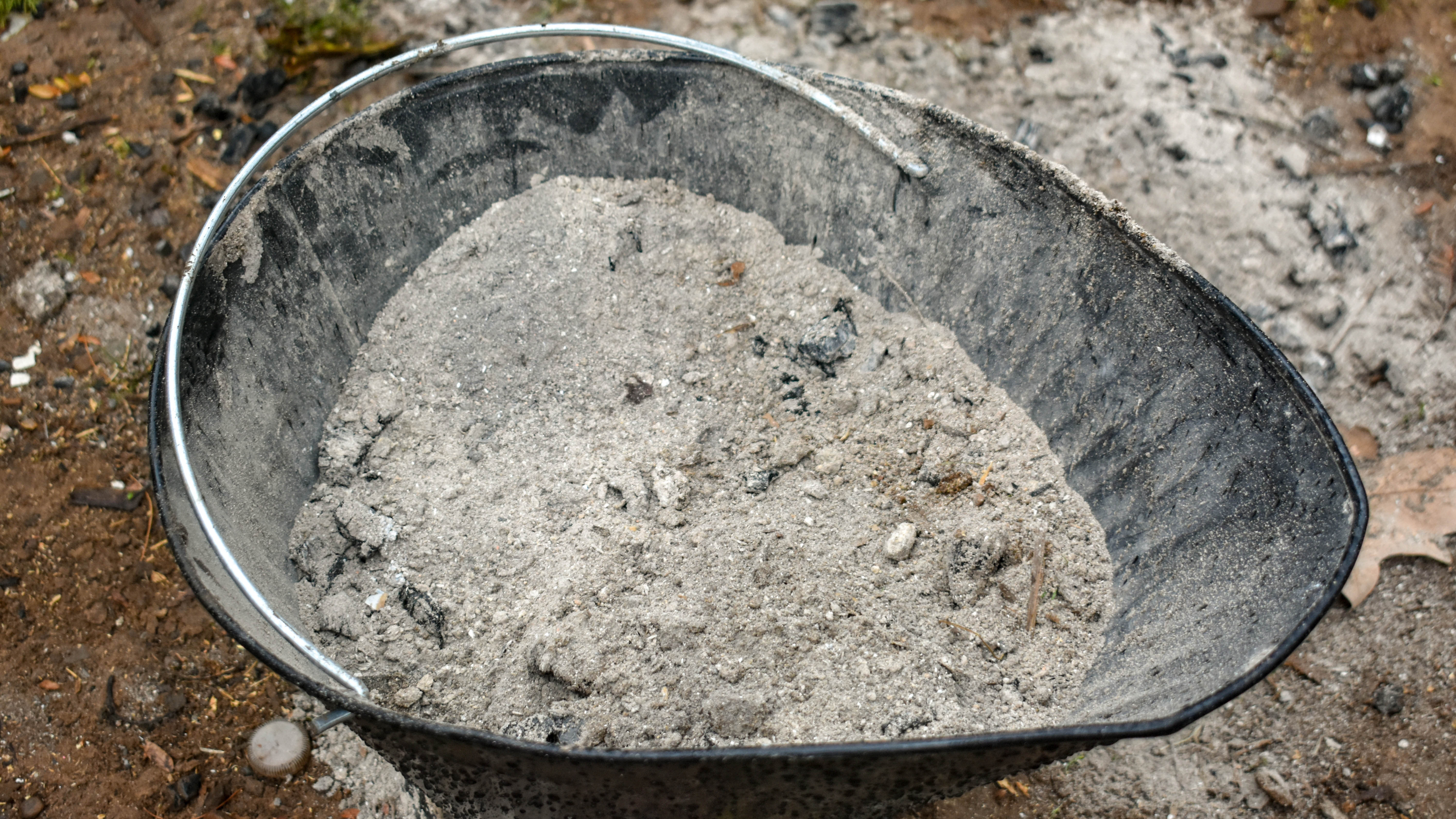
Not to be confused with softwood ashes, hardwood ashes are another form of calcium carbonate and can provide important calcium nutrients to your soil in an accessible way. Like lime, these ashes will also raise the pH of the soil but it’s half as alkaline as lime.
This means it could either be a great choice, if your soil is already quite alkaline, or a less effective one, if you have acidic soil that you’re trying to treat. Depending on your access to hardwood logs, this could be the most convenient way for your garden to get a calcium boost.
6. Dolomite lime
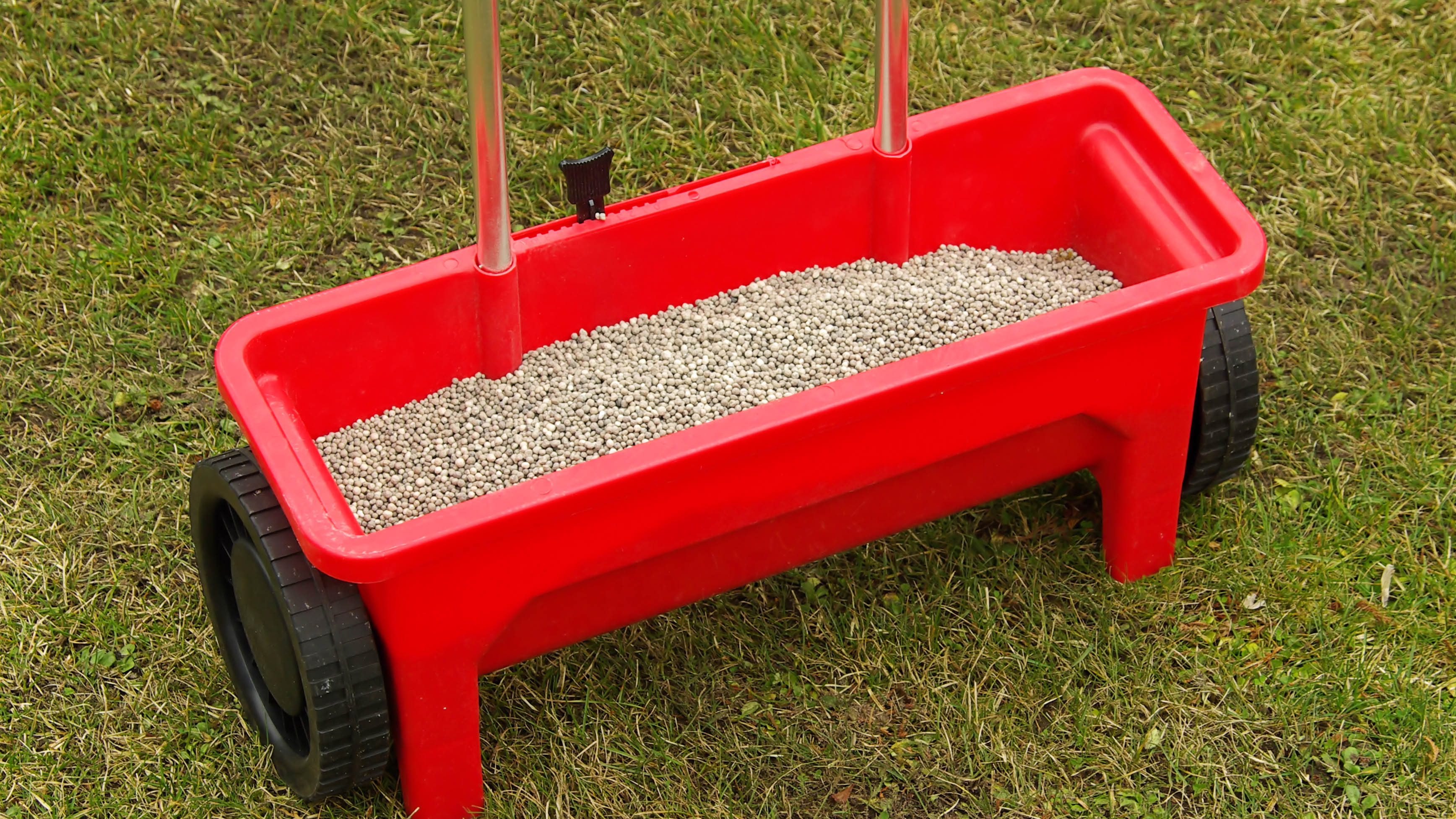
Dolomitic lime is similar to regular lime, but it is a calcium carbonate compound that also includes magnesium. This means that you can enrich your soil with two important nutrients for plant growth, through one simple application of dolomite lime.
Of course, if your soil already has good levels of magnesium then adding excessive amounts may do more harm than good. This means it’s critical to look at the results of your soil test and ensure that you’re only adding minerals that are needed for plant growth.
7. Crushed oyster/Clam Shells
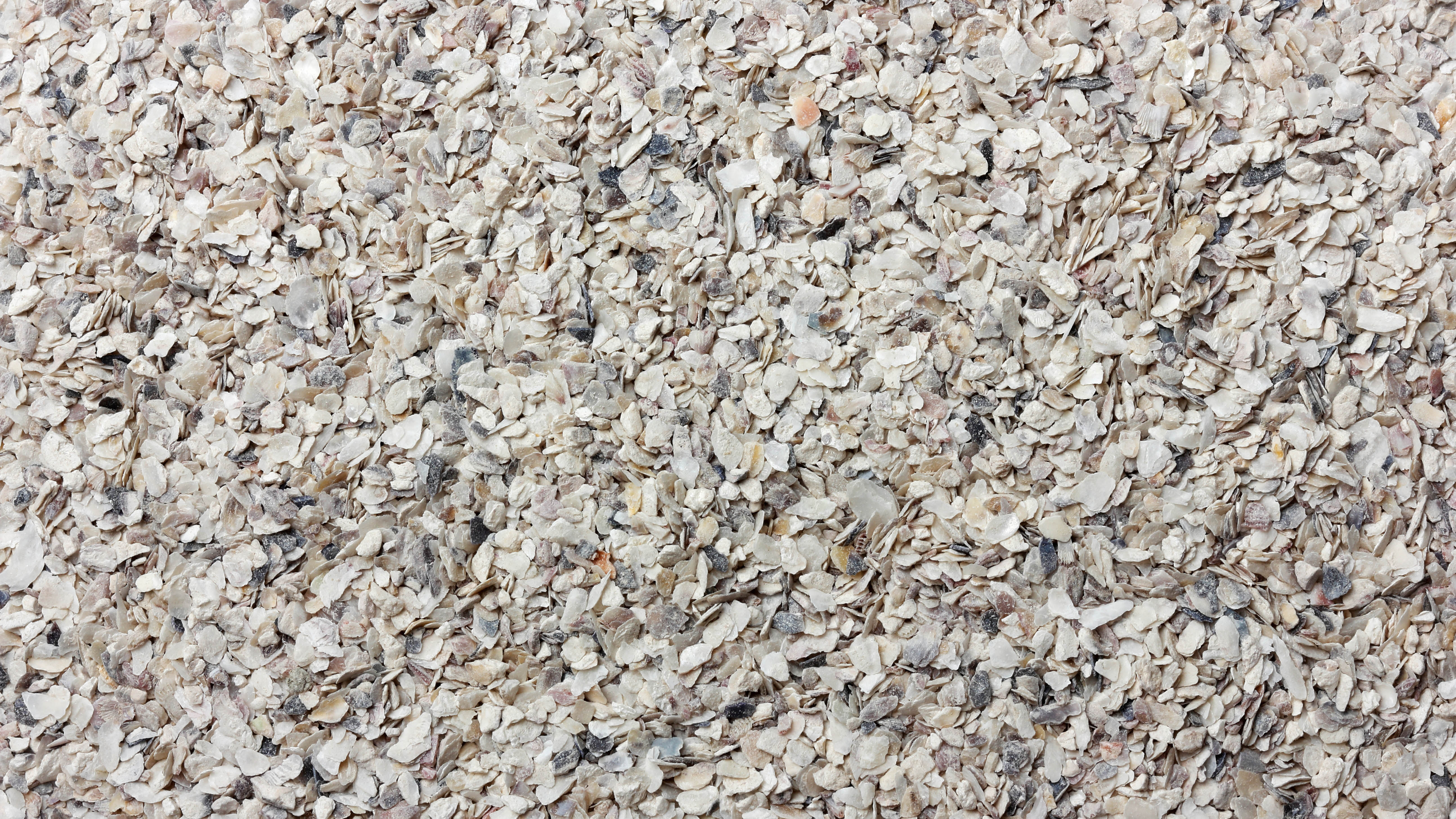
If you’re looking for a slow but long-term way to add calcium to your garden, then crushed oyster shells and ground clam shells are a good solution. Made of calcium carbonate, these shells release their nutrients into the soil slowly but consistently over time.
Experts recommend applying them shortly before an anticipated rainfall for maximum release of the calcium into the soil, but they can be left in place for months. This is not the best solution if you’re actively fighting a severe calcium deficiency and they will raise the pH of the soil, but they’re a good general treatment and will also release other valuable micronutrients, for your plants to enjoy.







